Originally opening in Magic Kingdom on October 1, 1971 as an opening day attraction in Fantasyland. It was a ‘main’ E-Ticket attraction in Fantasyland West. In 1973 it was downgraded to a "D" ticket - an extremely rare occurrence. It continued to pull an audience, but never gained the prominence that had been expected for it. The Oriental Land Co. began touring Disneyland and WDW in the 1970s and choosing the attractions that would comprise their new Tokyo Disneyland park, the Mickey Mouse Revue made their list. Of course, the least expensive means of achieving that would be to send the original overseas. It was the only attraction at either Disneyland or WDW that was shipped to, rather than replicated for, Tokyo. It was closed on September 14,1980 to be shipped to Tokyo Disneyland. The original Magic Kingdom attraction theater was designed to hold 500 people, but the preshow area was only designed to hold 300…whoops.
Spread out across 35 feet of the stage area, the orchestra's members, ranged from cartoon short stars such as Minnie, Goofy, Daisy and Pluto to earlier feature film personalities like Dumbo, Timothy Mouse, the Mad Hatter, March Hare, the Dormouse, Gus and Jaq all the way up to more recent film performers like Baloo, Kaa, King Louie, Winnie the Pooh, Piglet and Rabbit. Their instruments were varied: tubas, tympani and trumpets, ukuleles, kazoos and clarinets.

The orchestra played a medley of familiar Disney tunes, starting with "Heigh Ho," then moving on to "Whistle While You Work," "When You Wish Upon A Star" and "Hi Diddle Dee Dee."At the conclusion of that brief overture, Dumbo's tuba intoned the first few notes of "Who's Afraid Of The Big Bad Wolf" as the wolf's shadow snuck across the rear curtain toward center stage. Further right a section of the curtain rose to reveal the Three Little Pigs in a cross-section of Practical Pig's brick house. The pigs played and sang a few seconds of their signature song before the curtain closed over them and another section lifted to the left.
The next vignette featured Snow White and some forest animals sitting on a wooded hillside. She sang a version of "I'm Wishing". As Snow White finished, an adjacent area of the hillside came into view from behind another section of rising curtain. Here the Seven Dwarfs stood in their cottage, playing "The Silly Song."
To the far right end of the stage the curtain rose on a scene from Alice In Wonderland, with Alice standing in the midst of fifteen oversized flowers. As Alice and the flowers swayed in time, she sang part of "All In The Golden Afternoon." 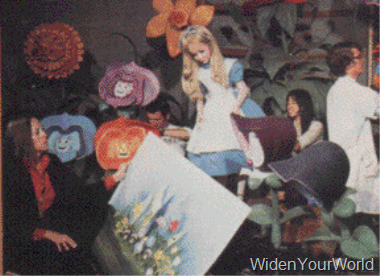
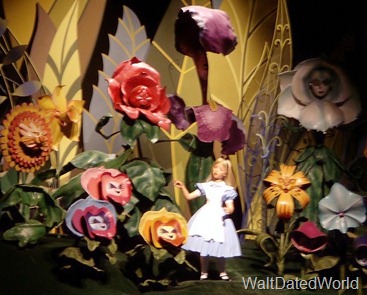
The next scene was from "The Three Caballeros," the show's most animated and comical segment. As soon as Alice's song drew to a close, a flying carpet rose from the pit to the left of the orchestra. On the carpet were Donald, Panchito and Jose Carioca. They broke out into the main theme from "Three Caballeros" in a blaze of music and color, with Donald on maracas, Jose on guitar and Panchito firing two pistols. Each shot sent sparks of bright light streaking across the room.
The three had barely begun their song when the lights went out on the carpet. Instantaneously, Panchito and Jose appeared (still singing) on the small side stage to the audience's right. Then Panchito fired a pistol and the glow of his bullet raced across the stage, illuminating Donald on the left side stage. Donald shook his maracas vigorously and continued the song like the frantic duck he is. With the sound of another ricocheting bullet, he disappeared and reappeared on the right side stage. Another shot and Panchito and Jose popped up where Donald had been just seconds prior. Moments later the three were reunited on the carpet, where they quickly finished the song and disappeared as quickly as they'd arrived. This was definitely a highlight of the show. The sight of Donald wiggling around so fast was absolutely infectious.
The next vignette began with the Fairy Godmother and Cinderella, in her scullery maid outfit, standing at the far left side of the stage. The Fairy Godmother sang "Bibbidi-Bobbidi-Boo" and waved her wand around. Soon, in a shower of twinkling lights, Cinderella was transformed into her princess incarnation. Then the rear curtain lowered as a projection of Cinderella and Prince Charming, as silhouettes, danced across it in a spotlight. They sang "So This Is Love" as they waltzed.
When the projection faded out, the sound of the orchestra came rising up from the pit. To the right, Brer Fox, Brer Bear and Brer Rabbit rose into view and began singing "Zip-A-Dee-Doo-Dah."

As they sang, the orchestra rose beside them. The Three Caballeros reappeared also, and then the rear curtain lifted to reveal all of the show's scenes at once. The houses of the Three Little Pigs and Seven Dwarfs were gone, leaving all the characters contrasted against a brightening sky in the background. Cinderella now stood with Prince Charming, and everyone joined in the song. A rainbow gleamed across the horizon as the voices and instruments of all the characters reached a crescendo.
At the close of the song, the entire stage fell dark save for a spotlight on Mickey. His pedestal spun to face the audience as the other characters sang the "Mickey Mouse Club Alma Mater."


The Tokyo Disneyland ‘version’ of this attraction opened with the park on April 15, 1983. The Mickey Mouse Revue played almost identically to its staging in Florida for another 26 years in Tokyo. The beautiful holding area art was faithfully reproduced, the pre-show film footage was the same except for the final live-action segment and the show scenes ran in the same order with the same music. The largest difference was that the voices were recorded in Japanese. There were some minor changes in the set colors and a handful of modifications to the characters themselves, like Kaa's eyes were in slightly more of a hypnotic trance mode in Japan than in Florida, but he still played his tail. In 2008 news came out that Tokyo Disneyland would replace The Mickey Mouse Revue with its own version of Mickey's Philharmagic. The attraction finally closed in Tokyo on May 29, 2009 to make way for Mickey’s Philharmagic. 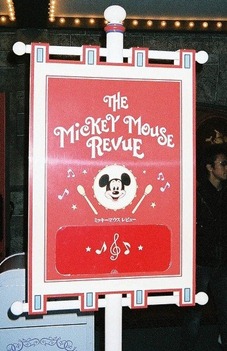
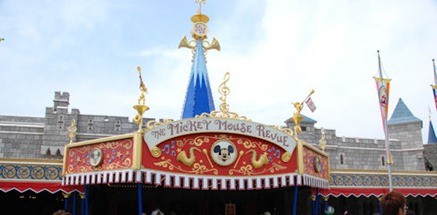

Check out this video of the Tokyo Disneyland ‘version’ of the attraction. It is in Japanese, but mostly it is instrumental, so you can understand it. (Video by ParkHopper on YouTube)
So, what’s is/was your favorite scene from the Mickey Mouse Revue? Tweet me, Facebook me, or even just comment here in the comment section.
Pictures and Information Courtesy of Widen Your World, Walt Dated World, and TDR Fan




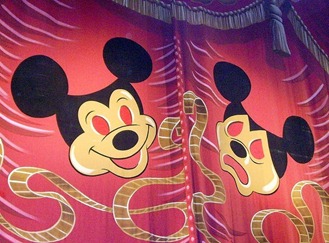

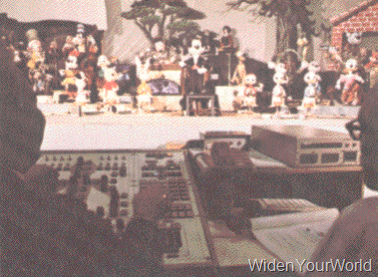
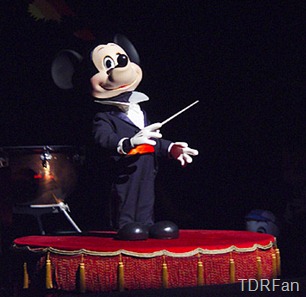
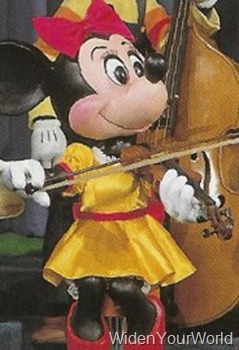

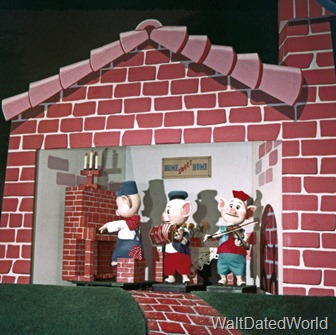
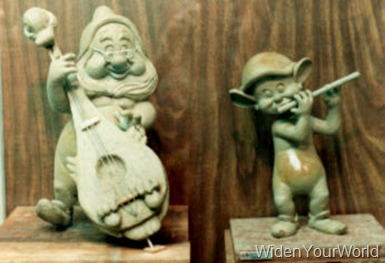
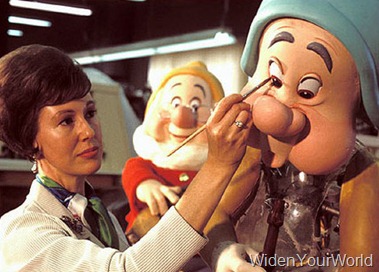
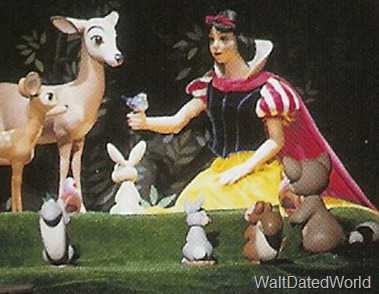
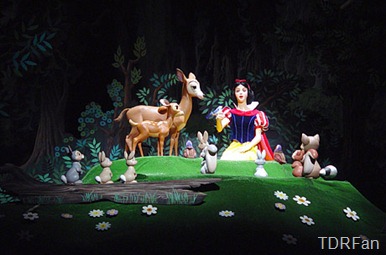
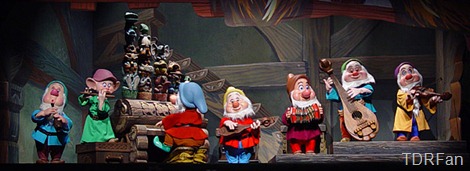
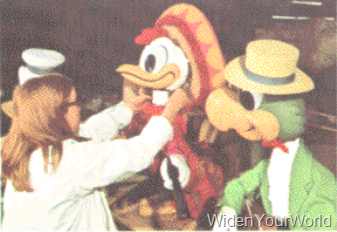

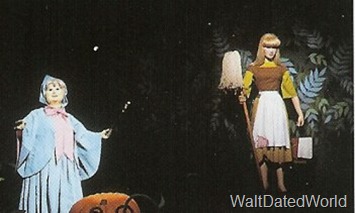
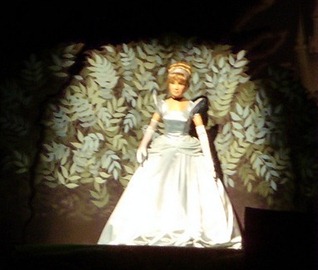
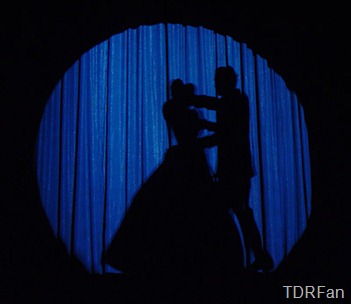


I LOVED the Mickey Mouse Revue! I can't believe Tokyo is getting rid of it and replacing it with just a 3-D film. I do like Mickey's Philarmagic, but I would rather see the audio-animatronic versions of the Disney characters instead of a film. Disney should get the MM Revue figures back from the Oriental Land Company and install the show in Disney's California Adventure!
ReplyDelete